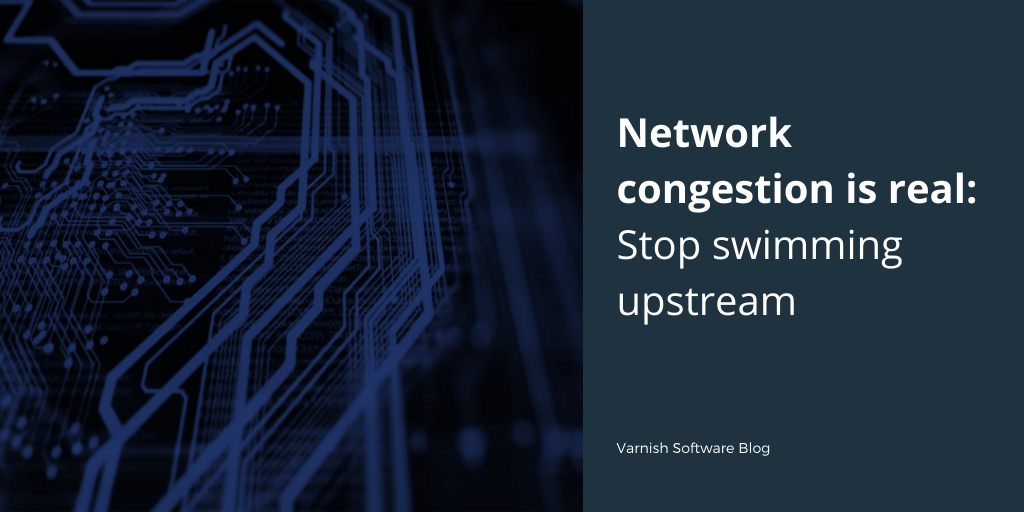
The proliferation of massive content delivery - especially high-resource content like streaming video - has made network traffic jams quite real, meaning that bandwidth-boosting congestion control technology is always playing catch-up to make sure that end-users never experience the kinds of bottlenecks that damage the user experience.
In the high-performance, high-throughput world of safeguarding high-value content, network congestion threatens to beat up on CDNs, as they struggle to reach global audiences with content that’s constantly growing in both size and volume. 5G technology promises to do away with most of these challenges. It will purportedly deliver content at faster speeds, but the game changer will be the boost in network capacity, with 5G offering high-bandwidth, high-frequency spectrum bands that will relieve network congestion and provide greater consistency at high-performance levels in peak traffic conditions. The latency issues that dog networks today will be a thing of the past, opening up new use cases that rely on real-time responsiveness.
But until the 5G revolution truly comes to life, a variety of interim solutions exist to do battle with the consequences of network traffic jams and latency, aiming to proactively protect users from the frustrations of buffering, waiting and not getting their content instantly.
One of the best known of these solutions, the Bottleneck Bandwidth and Round-trip (BBR) algorithm, was created by Google - at a basic level - to improve internet traffic performance… everything affected by excessive congestion. In the case of CDNs, built to improve latency, performance and throughput, out-of-control network congestion threatens to cut the almighty CDN off at the knees. CDNs are the distributed hubs content providers use to deliver content of all kinds and sizes - including ubiquitous and growing video streaming.
BBR may not be the answer to everything, but we’ve previously taken a look at heavy video content distribution and OTT streaming with Varnish and BBR, and have seen how response times in both SD and HD video can be sped up, reducing latency in delivering video chunks over congested networks.
But what is BBR?
BBR is all about congestion control, and as we’ve discussed before, public wifi hotspots in particular are popular for video consumption. Congested conditions are inevitable, leading to even more inevitable buffering and latency. And it’s this problem that led us to look closely at BBR.
BBR has been designed specifically to:
- Improve performance, especially on bad/congested networks - perfect for the crowded public wifi we mentioned
- Work while only being implemented on the server-side (not on the client)
- Be responsive to actual congestion conditions, relying on the network’s delivery rate (maximum recent bandwidth available) and minimum round-trip-time delay to determine how fast to send data over the network.
BBR paired with Varnish works exactly the way BBR is meant to work: helping to minimize unpredictable video latency and buffering for OTT video streaming, especially on heavily congested networks.
Cut through the congestion - get in touch to discuss getting a high-performance streaming solution that delivers on every network.
/VS-logo-2020-197x60.png?width=136&height=60&name=VS-logo-2020-197x60.png)

